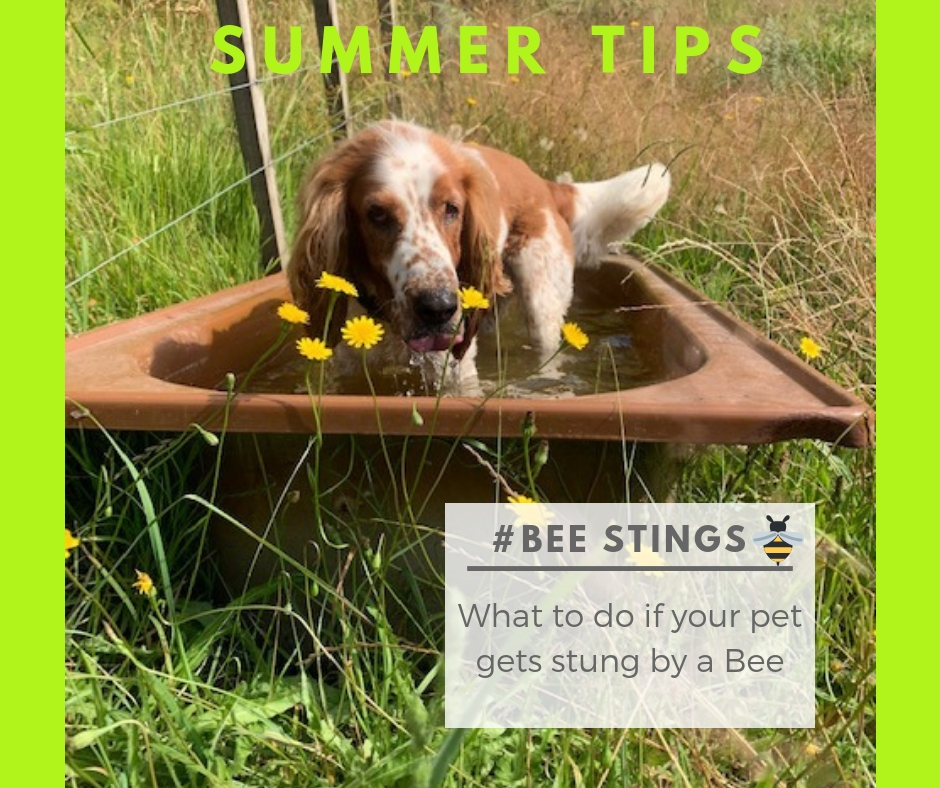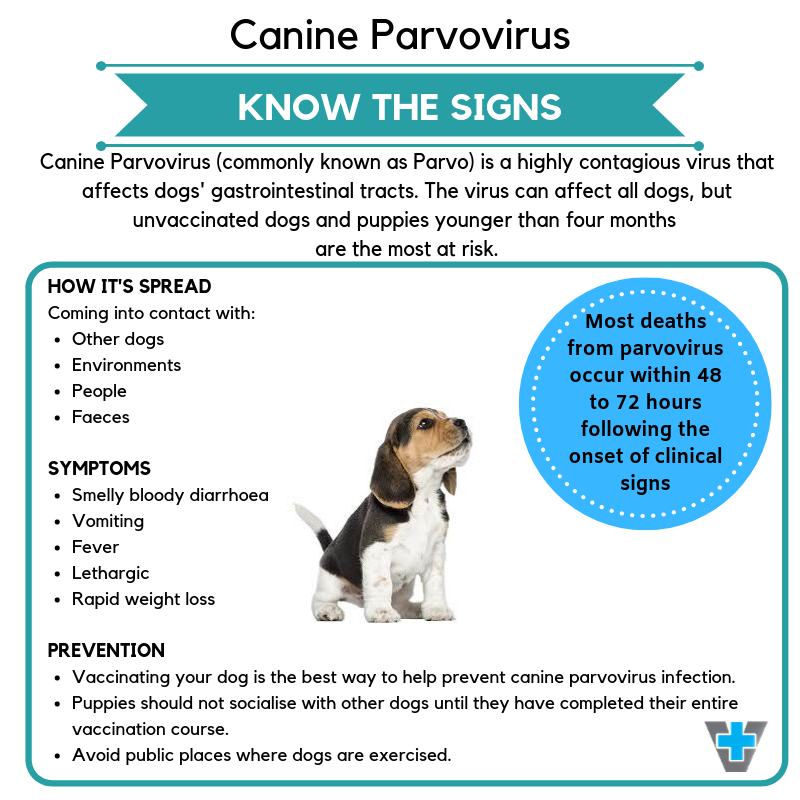WARNING New Plymouth Dog Owners - 29th March 2023 New Plymouth Vet Group has had…

Summer Tips – Bee Stings
Bee Stings
Bee and wasp stings are poison, and it is the poison that creates the pain when your pet gets stung. Most of the time a single sting will just result in
These include:
🐝Multiple stings
🐝Stings around or in the mouth, throat, and face which can lead to
🐝Stings on dogs’ sensitive noses which can be particularly painful
And/ or:
🐝Signs of allergic reactions
🐝Difficulty with breathing
🐝Sudden swelling extending away from the sting site
🐝General weakness and sudden lethargy
🐝Pale or white gums
🐝Agitation and restlessness
If your dog or cat shows any of these signs, PLEASE SEEK VETERINARY HELP IMMEDIATELY. We are able to administer injections of antihistamines, steroids and pain medications, to help your pet through the initial shock and then fluids and other supportive care in serious cases. The sooner we can start treatment the better.
If you are not sure, give us a call so can help you decide what is best to do.
If the sting is still in the animal, try to carefully remove it by scraping it off with a fingernail or stiff piece of plastic or cardboard. Tweezers can end up squeezing more venom into the animal, so try to avoid these where possible.
You can apply an icepack (wrapped in tea-towels) and a weak mixture of water with some baking soda added can be applied to help with the pain.
Monitor your pet closely to make sure they don’t develop any symptoms. If localised swelling does not reduce in 12-24 hours please call the clinic for an appointment to see a vet.


